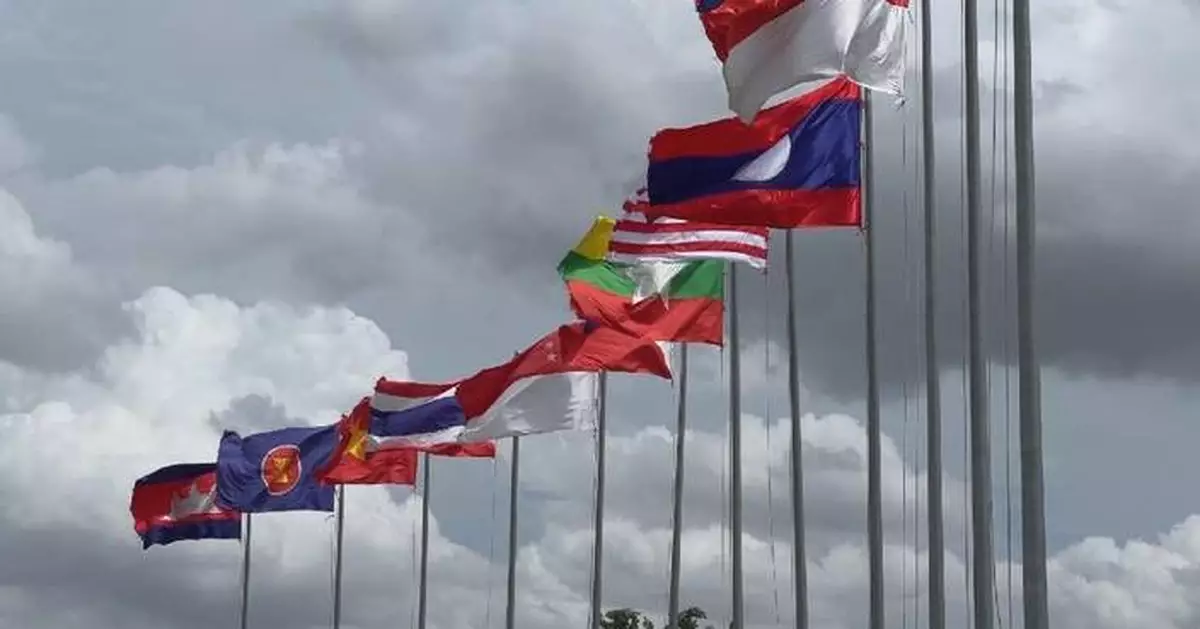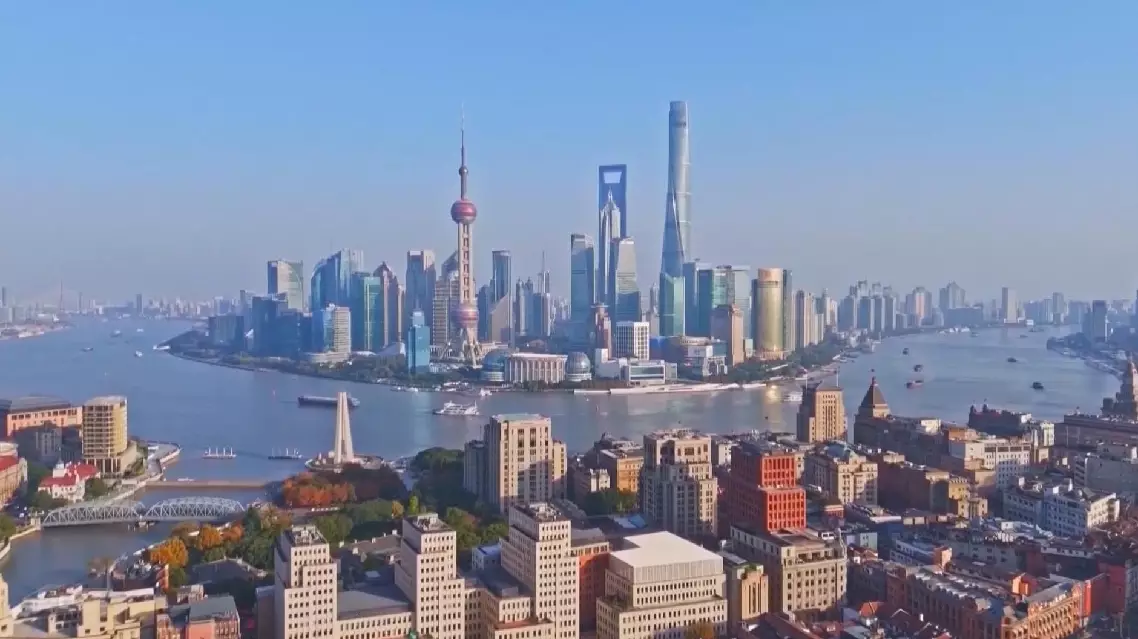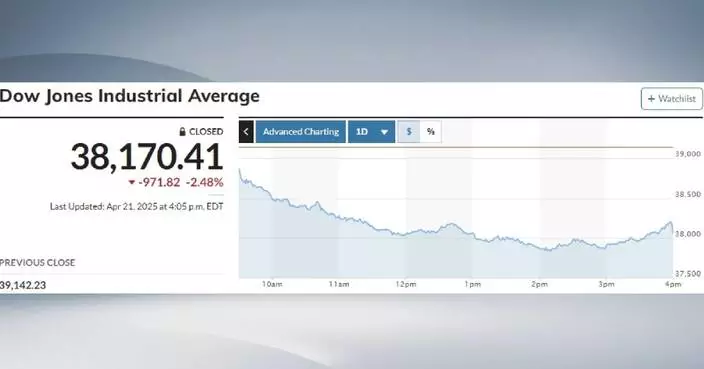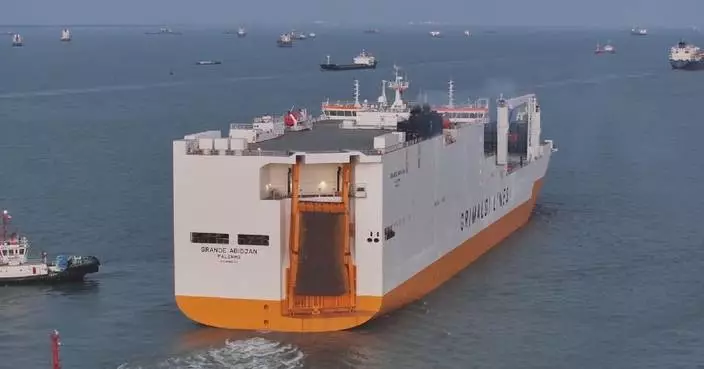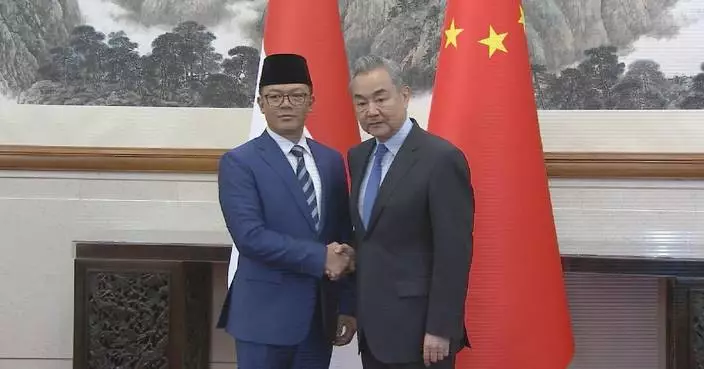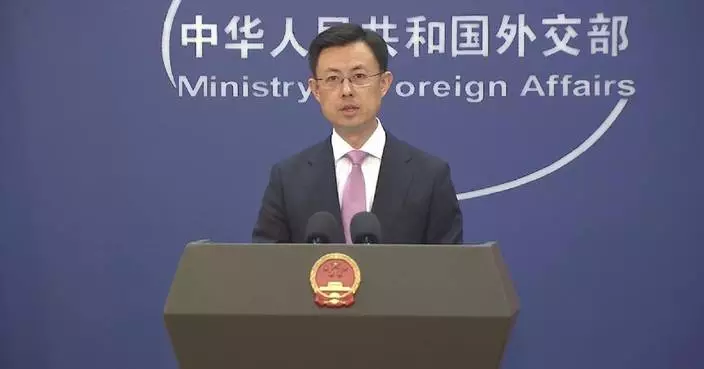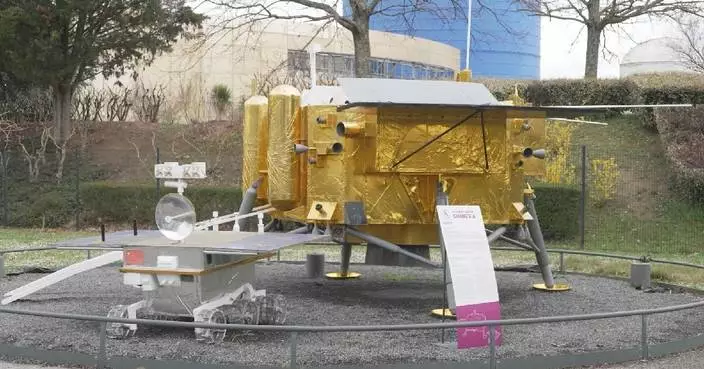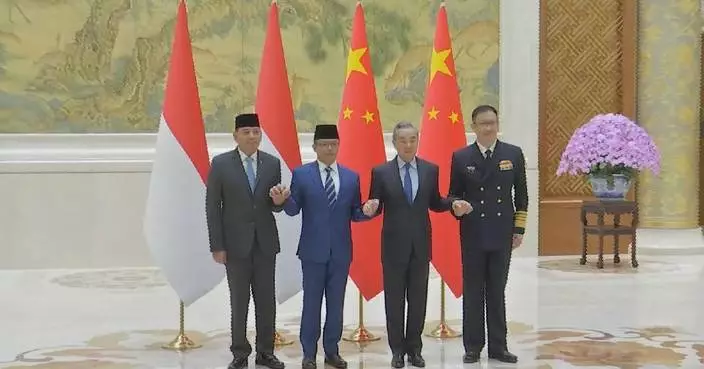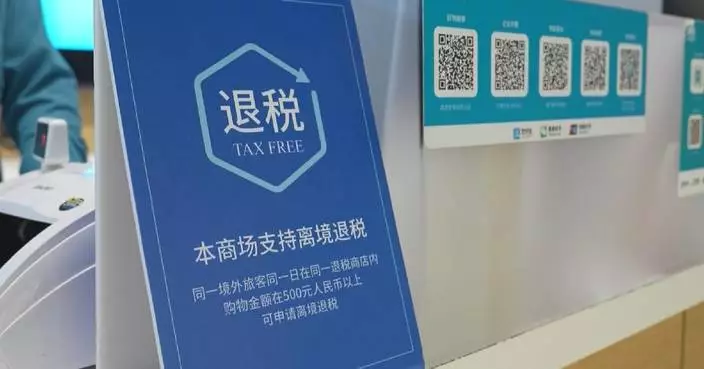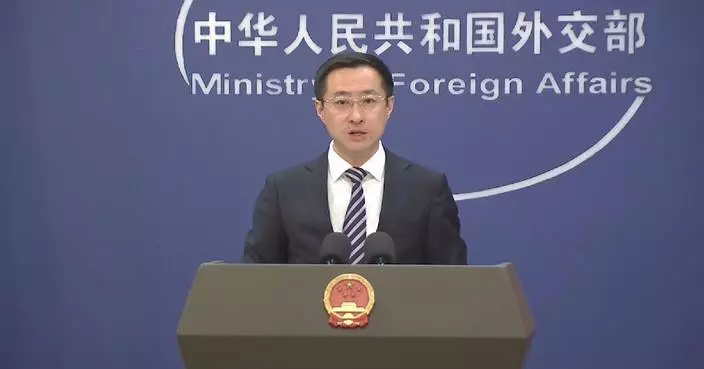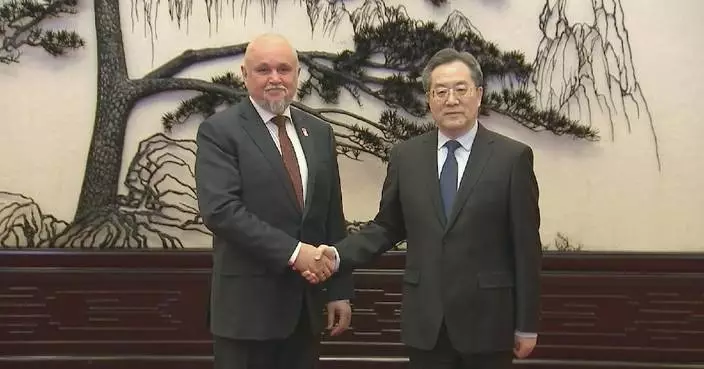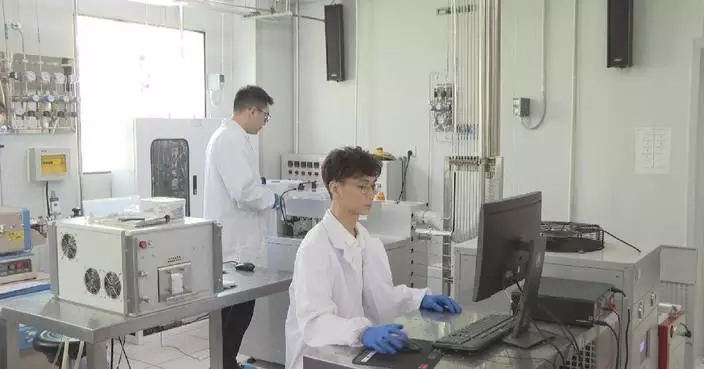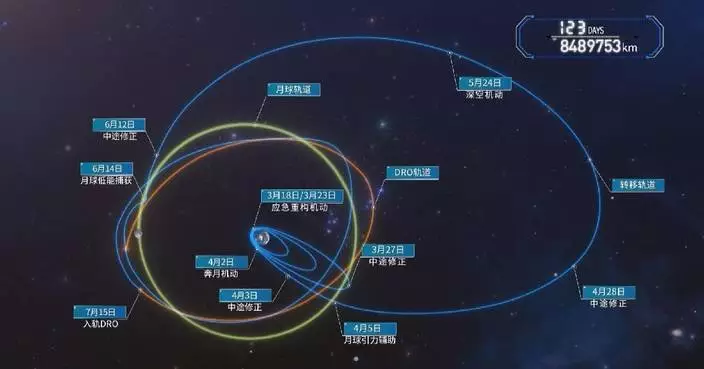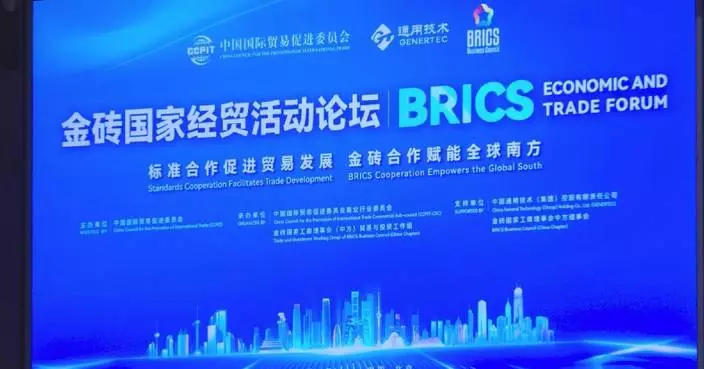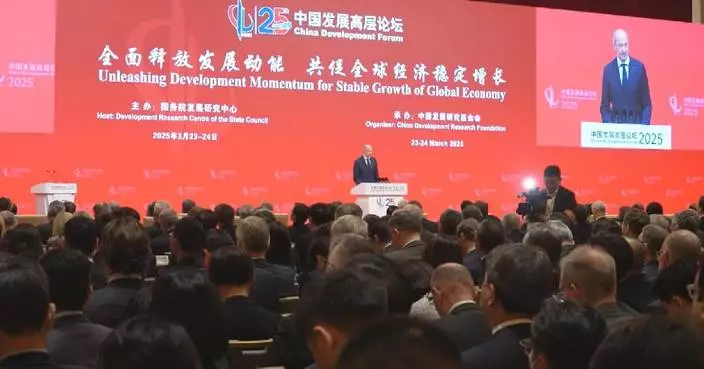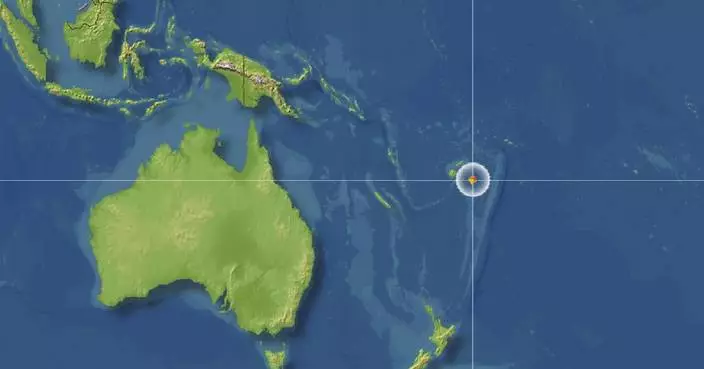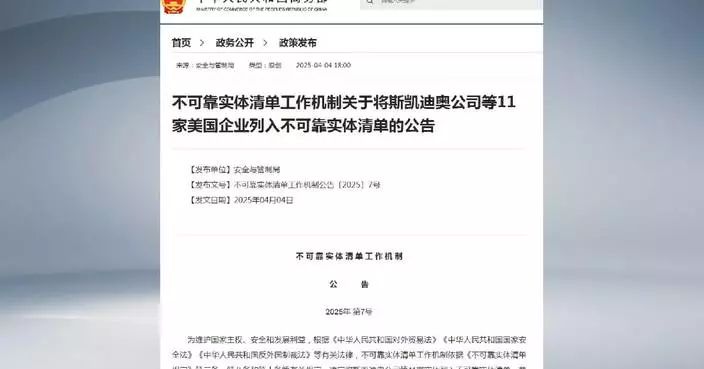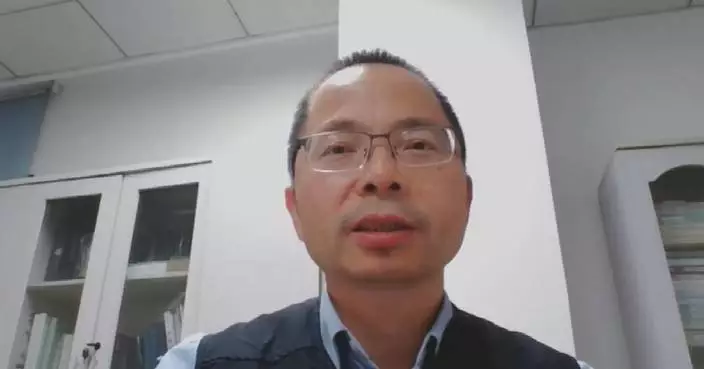Economic and trade ties between China and the Association of Southeast Asian Nations (ASEAN) have steadily strengthened over the past decade, senior officials with the Chinese Ministry of Commerce said on Wednesday.
The ASEAN groups Brunei, Cambodia, Indonesia, Laos, Malaysia, Myanmar, the Philippines, Singapore, Thailand and Vietnam.
Speaking at a press conference in Beijing, senior officials from the ministry said that trade between China and ASEAN has grown at an average annual rate of 7.5 percent since 2013, with bilateral trade between the two sides reaching 911.7 billion U.S. dollars in 2023.
China has been ASEAN's largest trading partner for 15 consecutive years, while ASEAN has remained China's top trading partner for four consecutive years.
In the first eight months of 2024, total trade between China and ASEAN reached 4.5 trillion yuan (about 632 billion U.S. dollars), a year-on-year increase of 10 percent.
By July, cumulative two-way investment between China and ASEAN had surpassed 400 billion U.S. dollars.
The successful implementation of the Regional Comprehensive Economic Partnership (RCEP), which comprises 15 Asia-Pacific countries including 10 ASEAN member states and their five trading partners, namely China, Japan, South Korea, Australia and New Zealand, has further boosted cooperation, and negotiations for an upgraded version of China-ASEAN Free Trade Area (CAFTA 3.0) are progressing rapidly.
The CAFTA came into effect on Jan 1, 2010, leading to the liberalization and facilitation of trade among the 11 countries.
Currently, China and the 10-member ASEAN are actively pushing forward the version 3.0 CAFTA negotiations, which were officially launched in Nov 2022, to provide new opportunities for trade and investment cooperation between both sides.
The ninth round of negotiations just concluded in Bangkok, the capital of Thailand, earlier this month.
"Regional trade and investment liberalization and facilitation have been further promoted. Bilateral trade between China and ASEAN countries, such as Vietnam, Malaysia, Indonesia, Thailand and Singapore has all surpassed 100 billion U.S. dollars," noted Li Fei, Vice Minister of Commerce, at the press conference.
The officials also disclosed that the 21st China-ASEAN Expo will be held in Nanning, south China's Guangxi Zhuang Autonomous Region from Sept 24 to 28. The 21st China-ASEAN Business and Investment Summit will also be held in Nanning during the period.
Guangxi, China's only province-level region that shares both land and sea borders with ASEAN, has seen its trade with the association steadily expand in recent years.
In 2023, trade between Guangxi and ASEAN reached 339.44 billion yuan (about 47.68 billion U.S. dollars), hitting a new record high. In the first seven months of 2024, Guangxi's total imports and exports reached 401.33 billion yuan (about 56.37 billion U.S. dollars), with trade with ASEAN alone standing at 214.93 billion yuan (about 30.19 billion U.S. dollars), a 24.3 percent year-on-year increase.
"Guangxi has positioned itself as a crucial strategic hinterland for the Guangdong-Hong Kong-Macao Greater Bay Area (GBA), building cross-border industrial and supply chains with ASEAN countries in sectors like automobile manufacturing, textiles and papermaking, with trade in these areas growing rapidly," said Tan Pichuang, vice chairman of the Guangxi Zhuang Autonomous Region, referring to the GBA, which is a megalopolis comprising the special administrative regions of Hong Kong and Macao as well as nine cities in the neighboring Guangdong Province.
According to the ministry, looking ahead, China plans to focus on areas such as new energy vehicles (NEVs), lithium batteries and photovoltaic technology and explore new high-tech and large-scale projects with strong industrial impact to further expand cooperation with ASEAN countries.
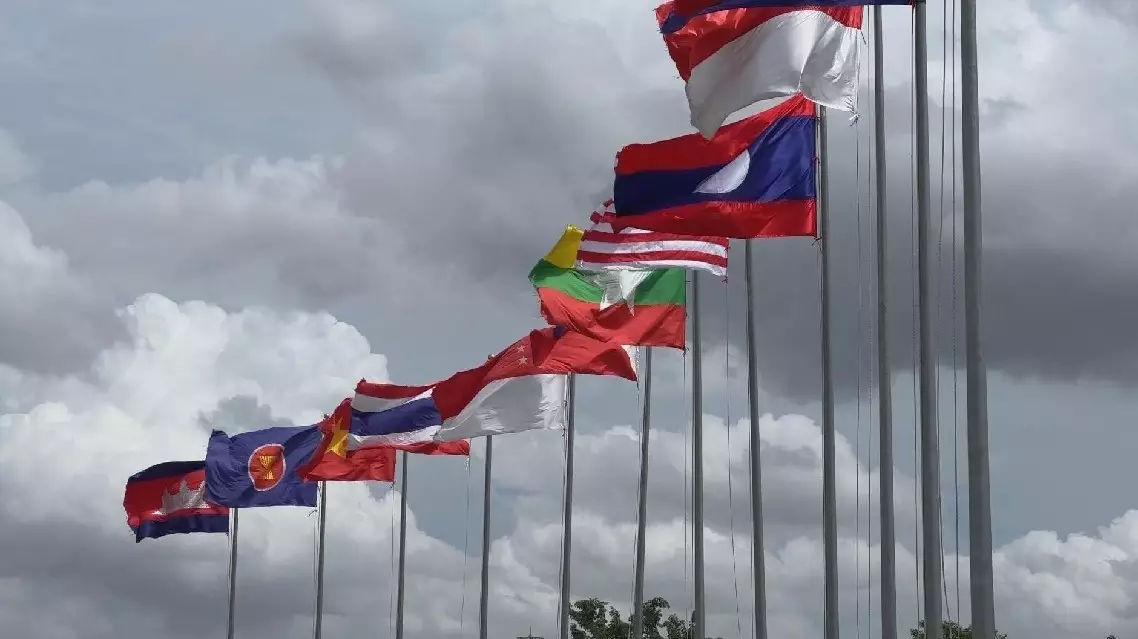
Bilateral trade between China, ASEAN continues to strengthen: authorities


